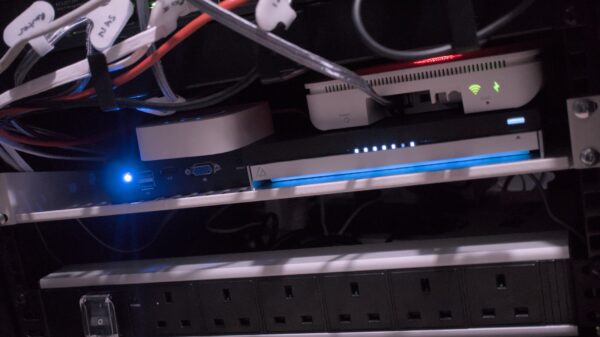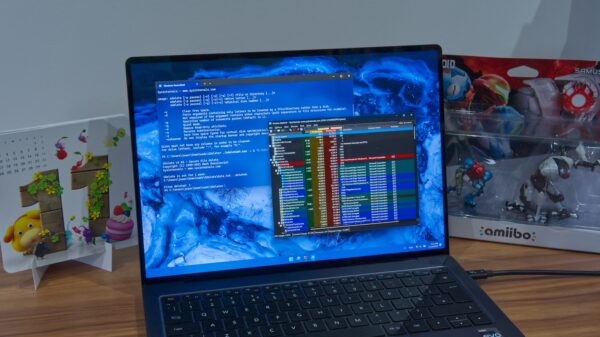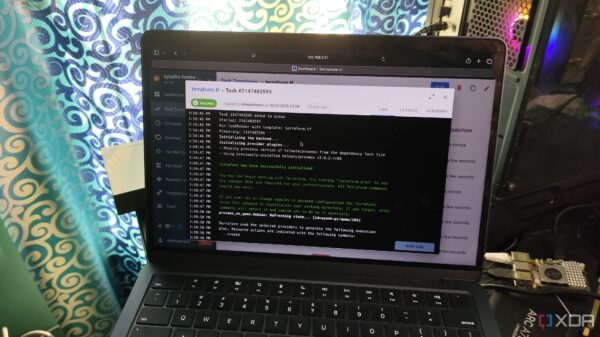UPDATE: Tech enthusiasts and PC users seeking alternatives to mainstream operating systems are urged to explore the latest FreeBSD distributions. These operating systems are gaining traction as viable options for a variety of computing needs, from network storage to everyday use.
New reports confirm that FreeBSD distros like XigmaNAS, TrueNAS Core, NomadBSD, OPNsense, and GhostBSD offer powerful features that cater to different user preferences. With increasing demand for diverse computing solutions, these options are worth checking out right now.
XigmaNAS is a standout for those building Network Attached Storage (NAS) servers. Its lightweight design and integration of the robust ZFS file system provide essential features like snapshots and RAID support. Users can easily back up their data using Rsync and Syncthing for seamless file synchronization. This makes XigmaNAS an appealing choice for both beginners and seasoned tinkerers.
Meanwhile, TrueNAS Core, while similar to XigmaNAS, has shifted to maintenance mode, meaning no new feature updates will be introduced. However, it remains a reliable platform with a user-friendly app store for deploying jail services and managing virtual machines through its functional web interface. This distro is ideal for those looking to set up a NAS that doubles as a home lab workstation.
For those interested in a portable solution, NomadBSD operates off a live USB drive, allowing users to experience FreeBSD without complex installation procedures. Its persistent storage capability means users can save files and settings directly on the USB, making it perfect for trying out FreeBSD on the go.
In the realm of network security, OPNsense is quickly becoming a preferred choice for building self-hosted firewalls. It allows users to configure complex traffic rules, monitor network activity, and set up secure VPNs. With built-in intrusion detection and prevention systems, OPNsense is essential for safeguarding home networks against cyber threats.
Lastly, GhostBSD offers a user-friendly interface and compatibility with numerous productivity applications, making it an excellent choice for reviving older machines. Its ease of installation and support for virtual machines add to its appeal for users looking to enhance their computing experience.
As the tech landscape evolves, these FreeBSD distributions stand out as innovative alternatives to the traditional operating systems. Users are encouraged to explore these options to meet their diverse computing needs.
The urgency to consider these platforms cannot be overstated, as they are rapidly gaining popularity among both novice and advanced users seeking efficient, customizable solutions for their computing environments.
Stay tuned for more updates on the latest developments in the world of operating systems as new features and distributions continue to emerge.







































































